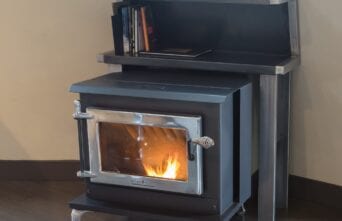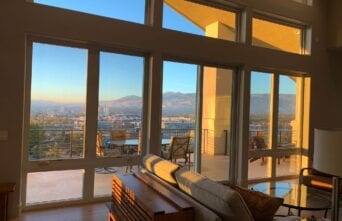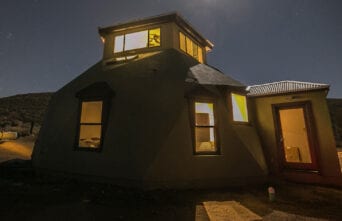More On Sustainable Building Practices

As many of you already have found out, I’ve been focusing a good portion of my time building a new company with partners Greg Bischoff and Clint Borchard. Our company, Envirohaven, manufactures home packages that are green, sustainable, highly durable, affordable, and relatively easy for others to assemble. Because of that effort, Suncrest Builders has been able to greatly increase our sustainable building practices knowledge base and skill set.
I’m happy to announce that we’ve been able to add a team of researcher/writers to the Envirohaven Team that will be contributing to the blog on that site. I’ll be sharing those posts that are relevant to Sustainable Home Contracting here on this site.
Although working with clients who are interested in designing and building sustainable homes that are more suitable for conventional neighborhoods is still a passion of ours at Suncrest Builders, Envirohaven has grown out the growing need to provide a way for people of average means to live off-grid or in a net-zero home. The choice, or need, to live without access to public electricity has become much more prevalent. The options for being able to build in an affordable way and allow for implementation of sustainable design practices and innovative green materials have not kept up with demand. My partners and I began looking at sustainability in a holistic way several decades ago. We believe that Sustainability is not just about putting non-toxic materials into the home you live in. We believe that, although that’s important, there is much more to it than that. It’s about using less to create more. Using fewer materials can actually equate to creating more living space when value engineering practices are implemented. Fewer materials equates to a life time of lower costs in maintenance and replacement materials. Using less equates to less natural resources (petroleum among other products) and the emissions created when transporting your materials to your home which equates to less costly materials. My partners and I have spent our careers proving that a holistically sustainable home need not be out of the financial reach to the average person. Less, should not cost more.
For a product to be considered “green”, scrutiny should be given to how that product holds up and the manufacturing practices of the company. There are currently no national US standards or certifications that enable a consumer to be sure that the products they buy are holistically responsible. Certifications such as USGBC LEED, NAHB Green Building, and even Energy Star are all developed from an industry perspective. Industry desire to make more green by selling “green” is woven into the fabric of every one of those certifications. It’s not that they are inherently bad, but consumers looking to live in a healthy and sustainable environment can not take comfort in knowing that they have lofty acronyms attached to their home. From my perspective, it is more important to note that consumers who find they cannot afford the price tag that comes with those certifications do not have to feel they cannot afford to live in a home that is holistically sustainable!
In a perfect world, we would use only products that are grown or mined close to home by companies that are all environmentally responsible. But it’s not a perfect world. We are continually required to make the most responsible decisions we can make from a limited amount of choices. My goal for this Sustainable Home Contracting, Envirohaven, and our Suncrest Builders clients, is to help wade through that mine field of choices to make the best set of choices for any given situation. It’s a constant learning process due to the constant stream of new building products and practices entering the market every day.
If there are topics or new products of interest to you that have not been covered here, please post a comment below and I will do my best to research that topic or question and post an article about it. I’m always happy to expand my body of knowledge and appreciate the help I get from readers and clients for coming up with new and interesting material information to share.
Thank you for your continuing support.



